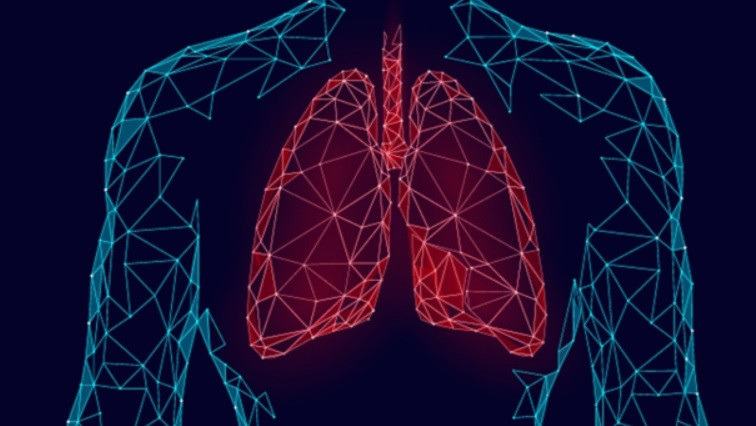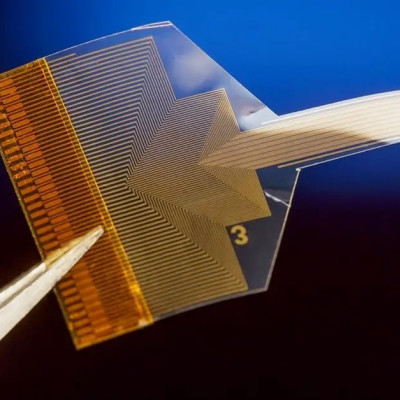The more common practice of measuring glucose levels in the human body through a pin prick blood test could soon be a thing of the past thanks to nanotechnology – and the research of Dr. Khalid Saoud, a Professor of Physics at the Liberal Arts & Sciences Program.
Dr. Saoud has succeeded in altering nanoparticles to detect traces of acetone – a key biomarker of abnormal glucose levels – in the exhalation of human beings, using a breathalyzer. The success of the research holds potential for those seeking a non-invasive process to measure glucose levels in the human body, especially for those with diabetes who have to monitor their levels regularly.
“The idea is similar to using a breathalyzer used to detect traces of alcohol in the breath of a person,” says Dr. Saoud. “Our research will offer a non-invasive alternative to the more common procedure used to measure the level of glucose in the blood – a process that involves a pin prick to draw blood, usually from the tip of a finger.”
A researcher who has been studying nanotechnology for over 20 years, Dr. Saoud focused his attention on the application of nanoparticles capable of detecting biomarkers in the breath as indicative of different diseases such as cancer and diabetics at very early stages – a breakthrough which can save lives.
“Those with diabetes lack insulin to absorb sugar in the blood,” explains Dr. Saoud. “This inability results in a series of metabolic failures that results in a high concentration of ketones like acetoacetic acid in the blood. The acetoacetic acid in the bloodstream breaks down into acetone and carbon dioxide, which in turn can be transferred to your breath via the lungs, just like alcohol in the bloodstream.
The VCUarts Qatar physicist says that globally, the concept of a using a breathalyzer to measure glucose in the human body is currently being explored by researchers; but a fully functional physical product has yet to be introduced into the market. Dr. Saoud’s research would not merely be offering a non-invasive alternative, it would also be providing a more sustainable and affordable option.
“What makes our research stand out is the use of nanotechnology,” he says. “Nanoparticles can be manipulated to be sensitive and selective to acetone in the breath. In this case, we knew that semi-conductor nanoparticles such as metal oxides could detect acetone – but only at high operating temperatures. This means that if we created a device it would require high levels of energy to detect traces of acetone.
“We targeted this specific issue,” says the researcher. “We manipulated the structure of nanoparticles so that they could detect the presence of acetone at room temperature, requiring only normal energy input or battery sources.
“In this specific research, we discovered that a combination of noble metals such as silver, copper and gold nanoparticles supported on metal oxides such as zinc oxide, titanium oxide, and tungsten oxide would provide a practical operational temperature that uses a minimal amount of energy but at the same time is highly sensitive and selective to acetone – making a more sustainable and cost-effective model.”
According to Dr. Saoud, the next phase in his research is to develop a prototype – a handheld device akin to a breathalyzer, that is lightweight, portable and easy to operate. Following this, he hopes to collaborate with students and medical entities, to conduct studies on cohorts of volunteers with diabetes, drawn from the community.
“Currently, we are reaching out to research entities in the country, such as Qatar Biomedical Research Institute, Qatar University, Weill Cornell Medicine-Qatar, and Hamad Medial Corporation to extend my research to include human testing,” he adds.
Read the original article on Virginia Commonwealth University School of the Arts in Qatar.







